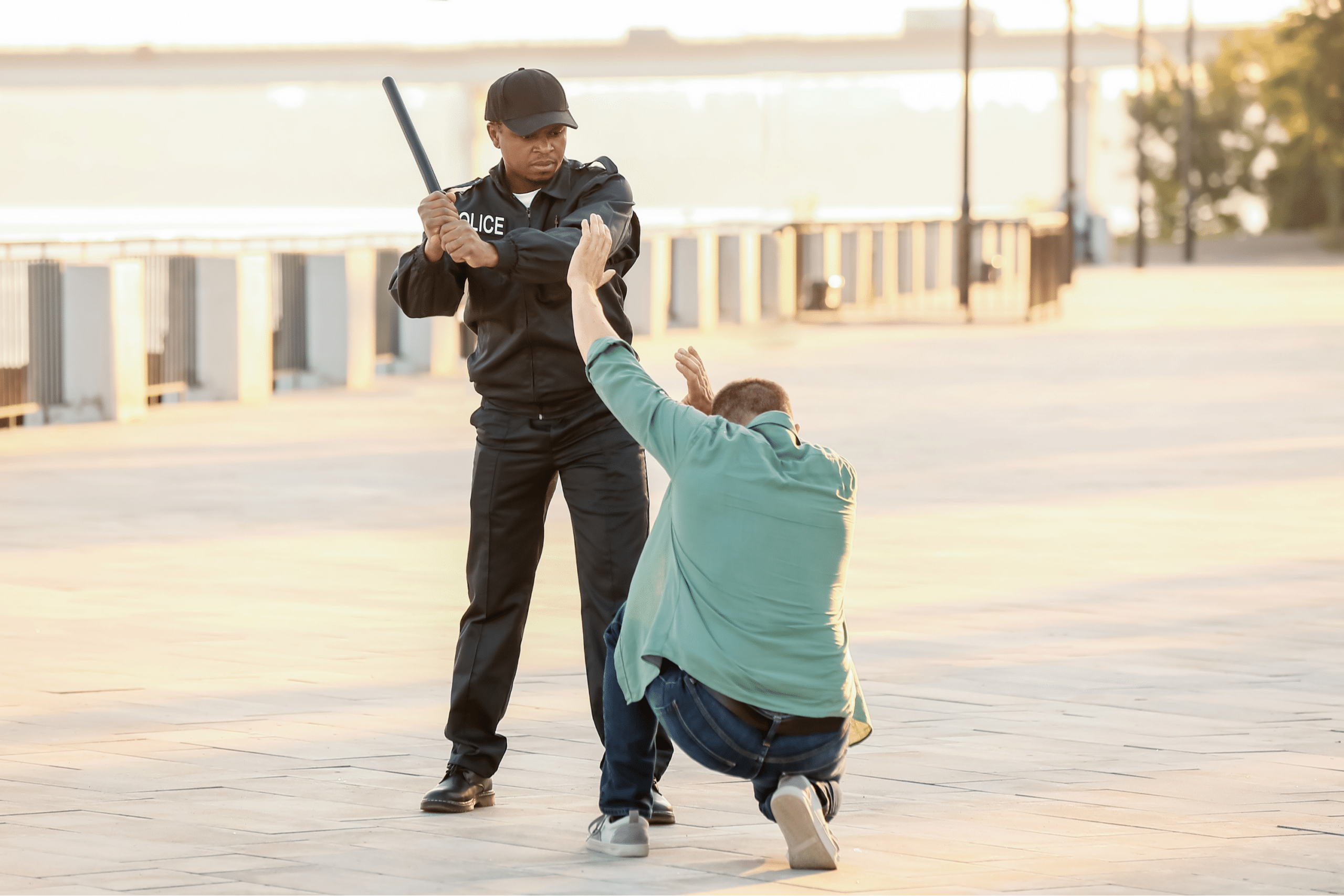Free Consultation
Free Consultation

In a society where transparency and accountability are paramount, witnessing instances of excessive force by law enforcement or other authorities can be a challenging and morally distressing experience.
As a bystander, you may feel compelled to take action, but it’s essential to know how to do so safely and effectively while preserving crucial evidence. In this blog, we will explore what to do if you witness excessive force in New York, providing guidance on how to document and report such incidents. Your role as a potential witness can be pivotal in ensuring justice is served.
Before taking any action, prioritize your safety and the safety of those around you. If you witness an incident of excessive force, assess the situation carefully. Ensure you are at a safe distance, preferably out of harm’s way. Your well-being is essential, and you cannot effectively help if you are in danger yourself.
It’s crucial to stay calm and composed when witnessing such incidents. Avoid getting emotionally involved, as this could escalate the situation further. Keep a safe distance to avoid becoming part of the problem. Do not interfere physically unless someone’s life is in immediate danger, as this could lead to unintended consequences.
One of the most critical roles you can play as a bystander is documenting the incident. Your observations and recordings can serve as essential evidence in investigations and legal proceedings. Here’s how to do it effectively:
If it’s safe to do so, use your smartphone to record the incident. Ensure that the camera is steady, and the video is clear. You can also take photos if video recording is not possible.
Narrate the incident as it unfolds. Include information such as the location, date, time, and any identifiable details of the individuals involved, including badge numbers or uniform descriptions.Do not delete or alter your recordings or photos. Keep them safe and secure, as they may be crucial in the future.
Send copies of your recordings to trusted friends or family members, ensuring there are backup copies in case anything happens to your device.
If you believe the situation is escalating, or someone’s life is in immediate danger, call 911 or the local emergency number. Inform the operator of the incident’s location and your observations. Remember to stay on the line and follow their instructions.
Look around to see if there are other witnesses. If you spot others, try to discreetly exchange contact information. Multiple eyewitness accounts can corroborate your testimony and strengthen the case for justice.
While it is essential to document and report excessive force, it is equally crucial not to confront or argue with law enforcement or authorities at the scene. Engaging in verbal confrontations can escalate tensions and potentially put you in harm’s way. Instead, let your documentation and eyewitness account speak for itself.
After the incident, consider seeking legal advice. An attorney experienced in civil rights cases can provide guidance on how to proceed and protect your rights. They can also advise you on whether or not to share your evidence with law enforcement, as this decision can impact an ongoing investigation.
Reporting the incident is a critical step in holding those responsible accountable for their actions. In New York, you can report excessive force to various entities:
Many law enforcement agencies have internal affairs divisions that investigate officer misconduct. You can find contact information for these divisions on the respective agency’s website.
The Civilian Complaint Review Board (CCRB) is an independent agency in New York City that investigates complaints against NYPD officers. You can file a complaint with the CCRB online or by visiting their office.
You can also report the incident to the local district attorney’s office. They may conduct their investigation or work in conjunction with other agencies. The Public Advocate’s Office in New York City is another resource for reporting police misconduct and excessive force incidents.
Unfortunately, in some cases, whistleblowers and witnesses to police misconduct may face retaliation or harassment. It’s essential to be aware of this possibility and take measures to protect yourself. This may include staying vigilant, documenting any instances of harassment or threats, and seeking legal assistance if necessary.
In addition to reporting individual incidents, consider getting involved in advocating for policy changes that address issues related to excessive force and police accountability. Join local organizations or participate in peaceful protests and demonstrations to raise awareness and demand reform.
As a bystander, witnessing instances of excessive force in New York comes with a significant responsibility. Your actions can make a difference in holding those responsible accountable for their actions and ensuring justice is served.
Prioritize safety, document the incident, seek legal advice, and report it to the appropriate authorities. By following these steps, you can contribute to a safer and more just society for all. Remember, your role as a witness can be pivotal in the pursuit of justice and accountability.